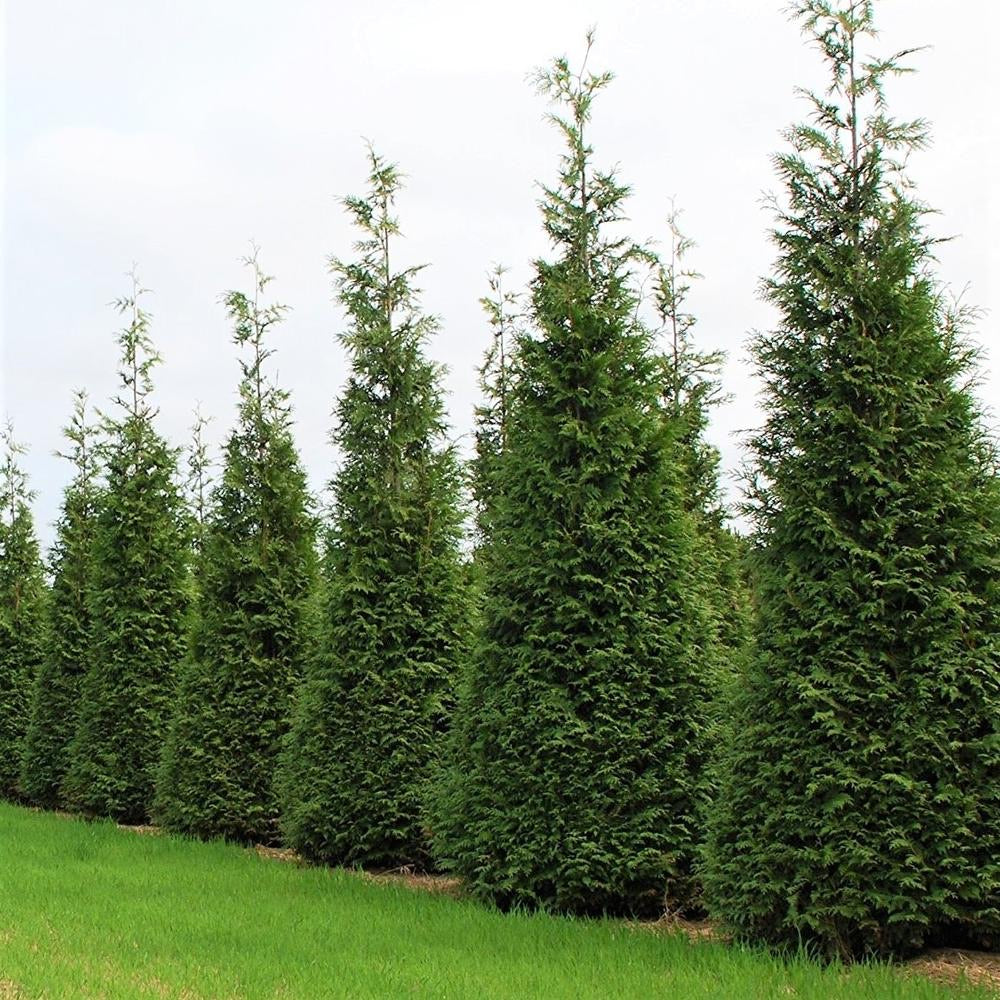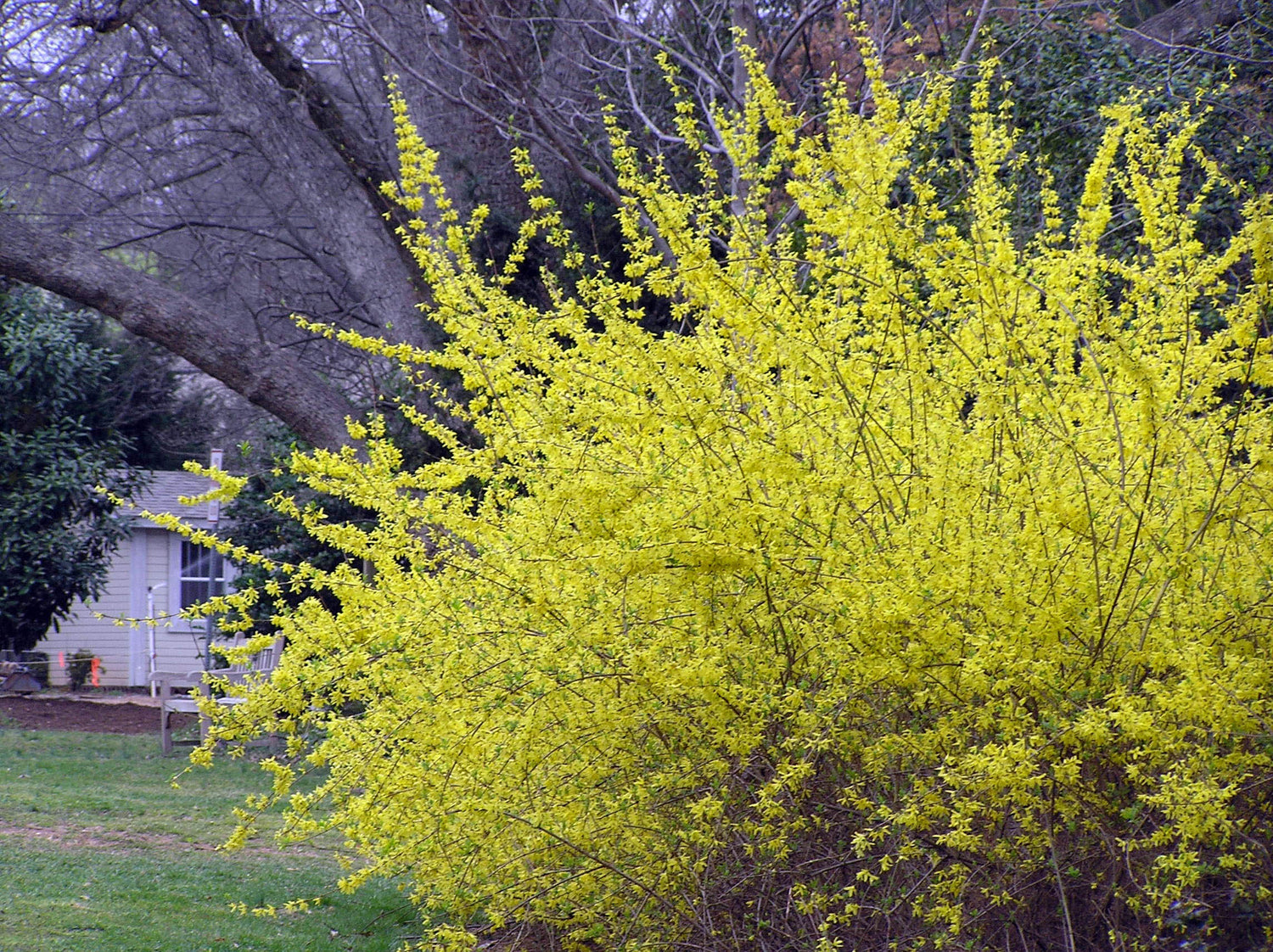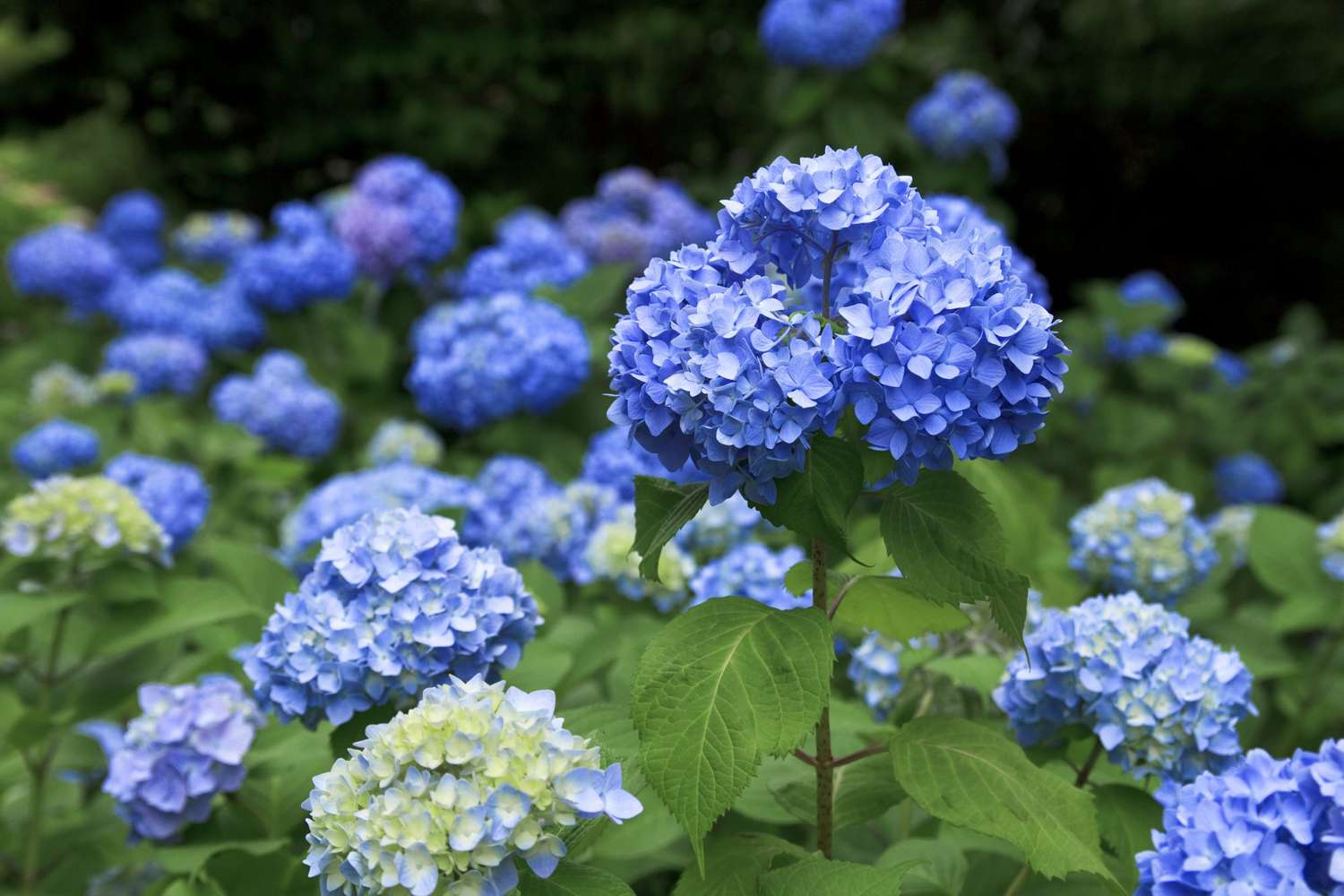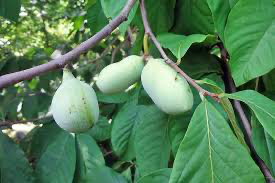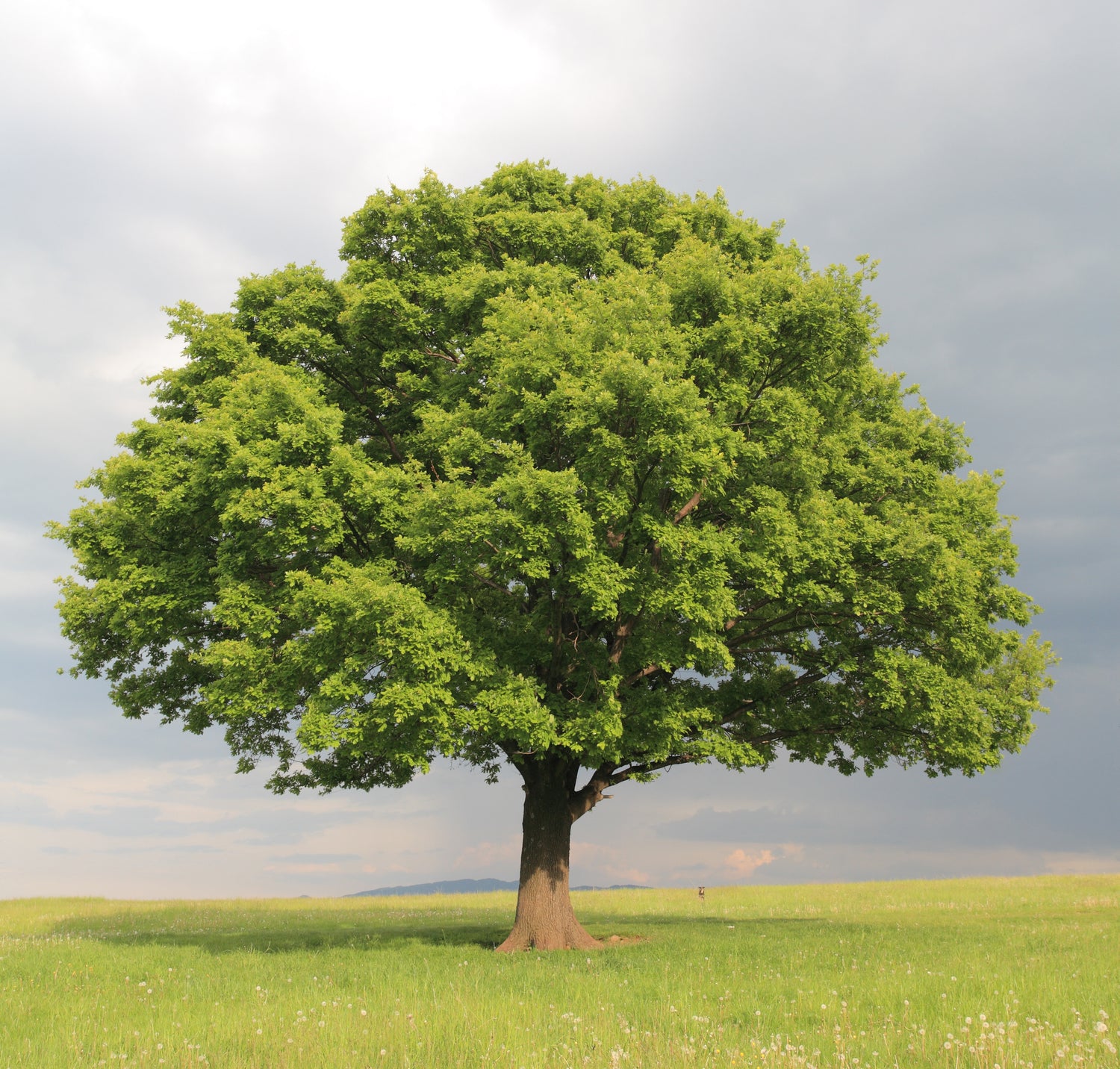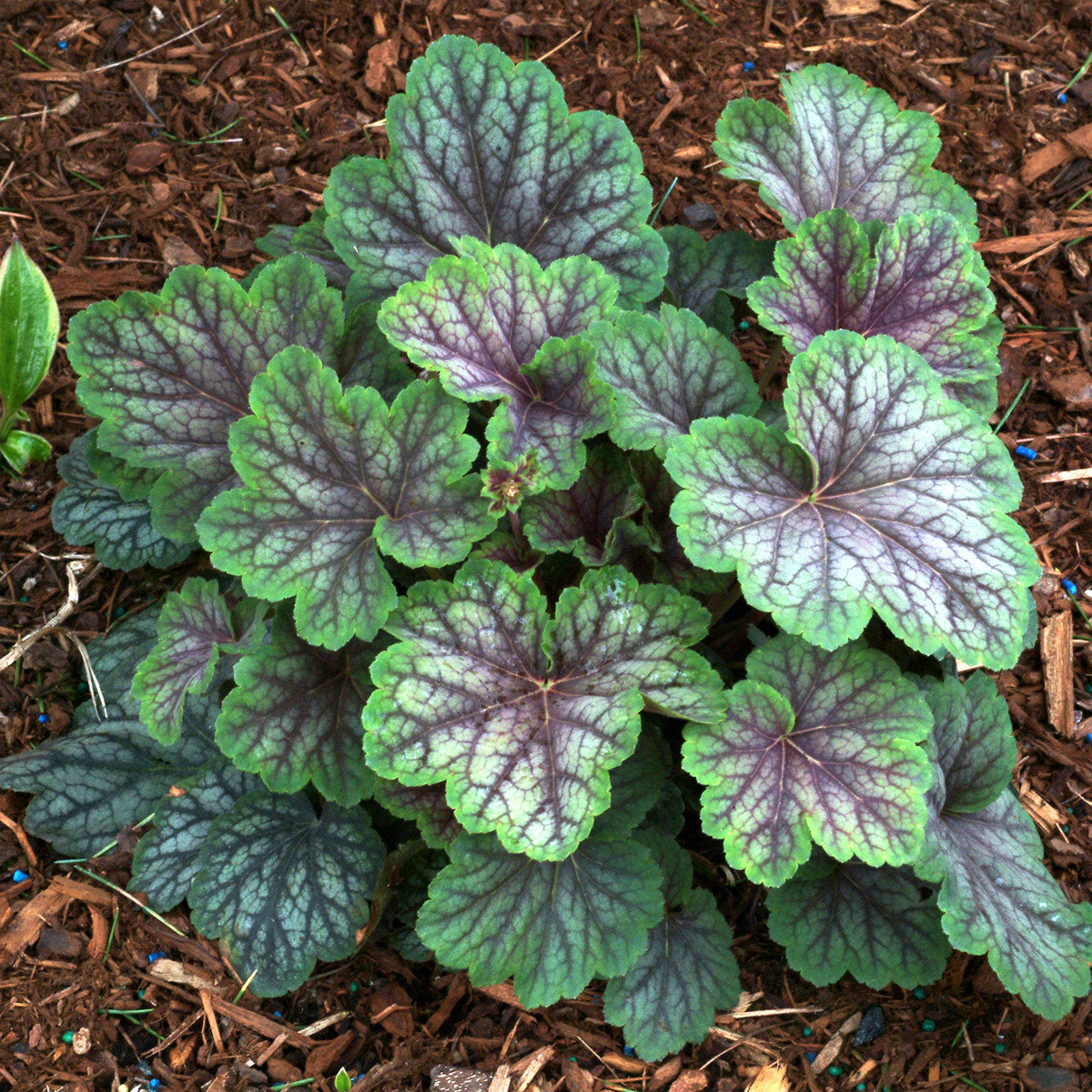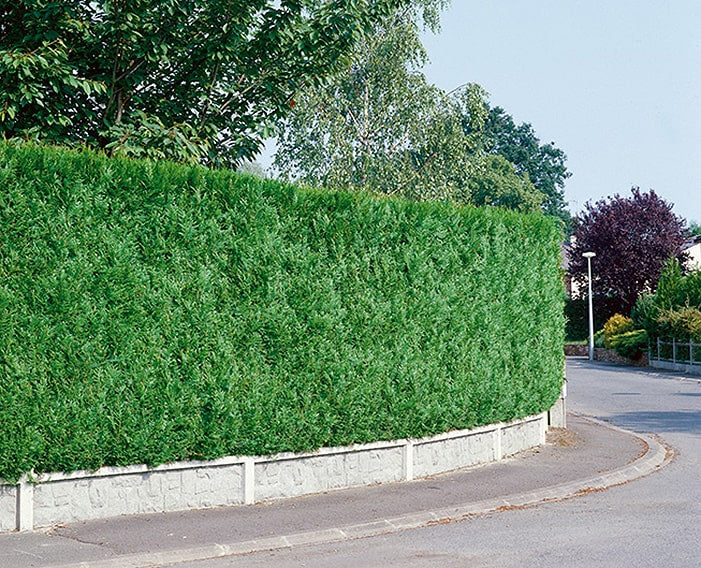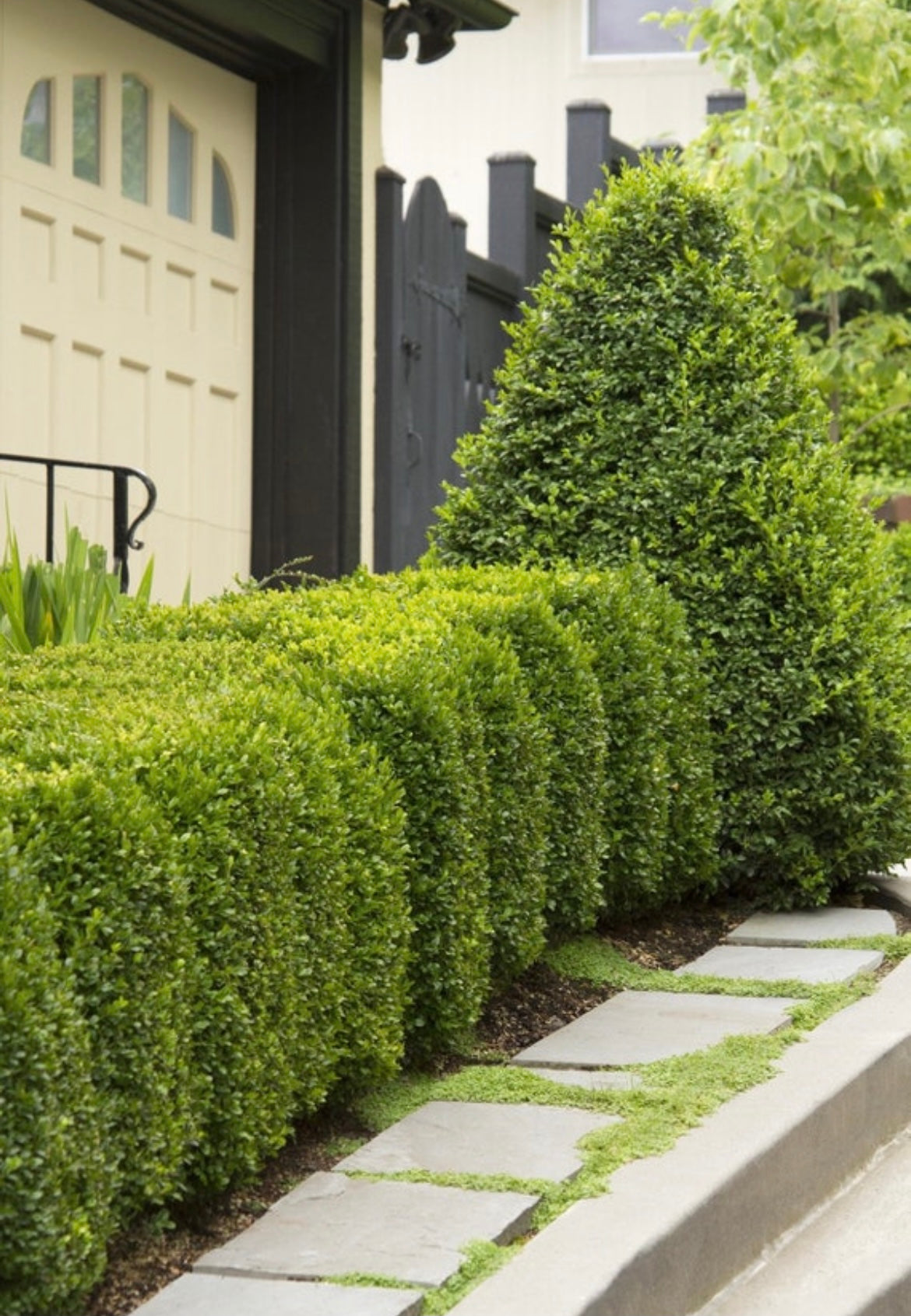
What Is the Eastern Red Cedar Tree?
The eastern red cedar is one of those trees you’ll recognize even if you don’t know the name. Around here on the farm, we’ve seen these growing along fence lines, country roads, and old pastures for as long as we can remember. It’s a tough, native evergreen that doesn’t ask for much—but gives back in a big way.
Technically, it’s a type of juniper—Juniperus virginiana—but most folks just call it red cedar. What makes it so useful is its dense, upright shape and year-round greenery. Whether you're planting it for wind protection, wildlife shelter, or just because it looks sharp in the landscape, this tree knows how to hold its own. We've planted them ourselves, and they're one of the most reliable trees we grow and ship.
If you're looking to plant one yourself, we offer eastern red cedar for sale and ship directly from our Missouri nursery—carefully packaged and ready to thrive.
What Does an Eastern Red Cedar Look Like?
It’s not flashy, but it’s dependable—and we mean that in the best way. The eastern red cedar tree has a naturally upright, narrow shape when young that gradually fills out with age. Its dense green needles look soft from a distance, but up close they’re a little prickly. In spring and summer, the foliage is a rich green with a hint of blue, and come winter, it can take on a beautiful bronzy tint.
If you plant a female tree, you'll likely get small bluish berries that birds absolutely love. And that reddish, aromatic heartwood? That’s where the name “red cedar” comes from—it smells amazing and has been used for cedar chests, fence posts, and even lining closets.
We love pairing red cedar with other evergreens for contrast—like the golden globe arborvitae if you want a pop of gold in your landscape. Or check out our full evergreen collection to see what other trees pair well with red cedar in a windbreak or border row.

Eastern Red Cedar Growth Rate and Mature Size
One of the reasons we love growing eastern red cedars is how quickly they put on size without needing a ton of babysitting. These aren’t slow-pokes—once they’re in the ground and established, you can expect them to grow around 1 to 2 feet per year, depending on soil, weather, and watering.
Most of the red cedars we’ve planted here on our property eventually reach 30 to 40 feet tall and spread out 10 to 20 feet wide at maturity. That’s perfect for folks who want a natural privacy screen or a windbreak that works year-round. They're dense enough to act like a green wall in just a few years if you plant them in a row.
If that’s your goal, check out our privacy screening plants collection for more fast-growing options like the Green Giant Arborvitae—we’ve had customers mix the two for a more textured look across long fence lines.
Spacing-wise, we usually suggest planting them 8 to 12 feet apart if you're lining them up for coverage. And if you're not sure what works best for your property, feel free to reach out—we’re always happy to help.
Pros of Planting Eastern Red Cedar
We’ve planted, pruned, and watched a lot of trees grow—but eastern red cedar trees keep proving themselves time and time again. These are the kind of trees that thrive where others give up, and they’re packed with practical benefits.
Here’s why we keep recommending them:
-
Native to much of the U.S., so they’re adapted to local conditions
-
Drought-tolerant once established—perfect for dry spots or tough areas
-
Excellent for windbreaks and privacy screens thanks to their dense growth
-
Bird-friendly: Those blue berry-like cones are a food source for all kinds of wildlife
-
Naturally deer-resistant, which is a huge plus around here
-
Low-maintenance—they don’t need fertilizing or constant trimming
They also pair well with other rugged, fast-growers. Check out our fast-growing plants collection to find more that can tough it out alongside red cedar, especially if you're building a wind row or country driveway planting.
What Are the Disadvantages of Eastern Red Cedar?
As much as we love the eastern red cedar, it’s only fair to talk about the potential downsides too—especially if you're trying to decide if it’s the right tree for your space. Like any strong-growing plant, it needs to be used smartly.
A few things to consider before planting:
-
It needs space – These trees get big over time, so they’re not ideal for tight garden beds or right up against your house.
-
They can crowd out other plants – Eastern red cedars are allelopathic, which means their roots and leaf litter can make it harder for other plants to grow underneath.
-
They’re invasive in unmanaged fields – This is mostly a concern in wild or overgrazed pastures where nothing is controlling their spread.
-
Flammable – Like many evergreens, they can be flammable in dry conditions, so don’t plant them too close to structures in wildfire-prone areas.
That said, if you’re planting them intentionally in a managed yard, windbreak, or privacy row, you really don’t have to worry about them “taking over.” We’ve grown them side-by-side with shrubs and bushes like burning bush or hydrangea just fine—as long as they’re not right under the canopy.
If you’re not sure they’ll work for your spot, feel free to browse our Learn More blog or reach out—we’ll steer you in the right direction.
Are Eastern Red Cedars Invasive? What You Should Know
We get this question a lot—and it’s a good one. So, are eastern red cedars invasive? The answer is: they can be, but it depends on how and where they’re used.
In natural pastures or prairie land where there’s no grazing or mowing, eastern red cedars can spread pretty aggressively. They’re able to take hold in open land quickly, which is great for survival—but not great for native grasslands. That’s why in some areas, particularly out west, landowners work to keep them in check.
But when it comes to home landscapes, windbreaks, and privacy screens, these trees are absolutely manageable. We’ve planted them here on the farm and shipped them to yards across the country, and they’ve done exactly what they’re supposed to—grow upright, dense, and dependable.
If you want something tough but less “wild,” you can also look at smaller, more compact evergreens in our evergreen tree collection. Or check out our grow zone-based collections to find what’s native or best suited to your specific climate.
Is Eastern Red Cedar a Good Tree for the Yard?
Absolutely—but like anything, it depends on what you're after. For folks who want a low-maintenance evergreen that can handle tough conditions, give wildlife a place to shelter, and offer year-round color, the eastern red cedar is a rock-solid choice. We’ve used them on our property for everything from driveway borders to windbreak rows, and they just don’t let you down.
That said, they’re best for larger yards, edges of properties, or open spaces where they’ve got some room to grow. If you’ve got a small urban lot, you might be better off with something more compact like the Golden Globe Arborvitae or a Dwarf Burning Bush.
But if space isn’t an issue? Plant one—or better yet, plant a row. And check out our privacy screen plant collection if you're building out a windbreak that works year-round. These trees are strong, American-grown, and ready to handle just about anything you throw at them.
Wildlife Benefits of Eastern Red Cedar Trees
If you’re into birds, butterflies, or just building a healthy backyard ecosystem, this is where the eastern red cedar tree really shines. These trees are a natural habitat all on their own.
-
The berries feed birds—especially cedar waxwings (yep, named after this tree!)
-
Dense branches give shelter from wind, snow, and predators
-
Pollinators love them—especially the male trees when they release their pollen clouds in spring
We’ve seen birds nest in ours year after year. And when winter rolls around, those thick branches become a warm hideout that smaller creatures are grateful for.
If you're building a native-friendly landscape, pair your cedar with other wildlife-attracting plants from our food trees collection or even mix in honeyberry plants and pears for a full backyard buffet.
Where to Buy Eastern Red Cedar Trees
If you're ready to add a tough, native tree to your property, we’ve got you covered. We grow and ship eastern red cedar trees right here from our small, licensed family nursery in Missouri. Whether you’re planting one or lining a whole row for privacy or wind protection, we’ll send you a healthy, well-rooted tree that’s ready to grow.
You can find our eastern red cedar for sale here—shipped straight to your door, carefully packed and inspected by us. We’ve helped customers all over the country get their windbreaks started, their fence rows filled, and their landscapes looking better with less effort.
Not sure if eastern red cedar is right for your area? Start by checking your grow zone collection, or browse our full plant collection to find something suited for your climate and space. And if you’ve got questions? Head over to our FAQs page or contact us directly—we’re always happy to help you find the right fit.
There’s a reason people have trusted red cedar for generations—it’s reliable, strong, and a great reminder of how powerful native trees really are.








